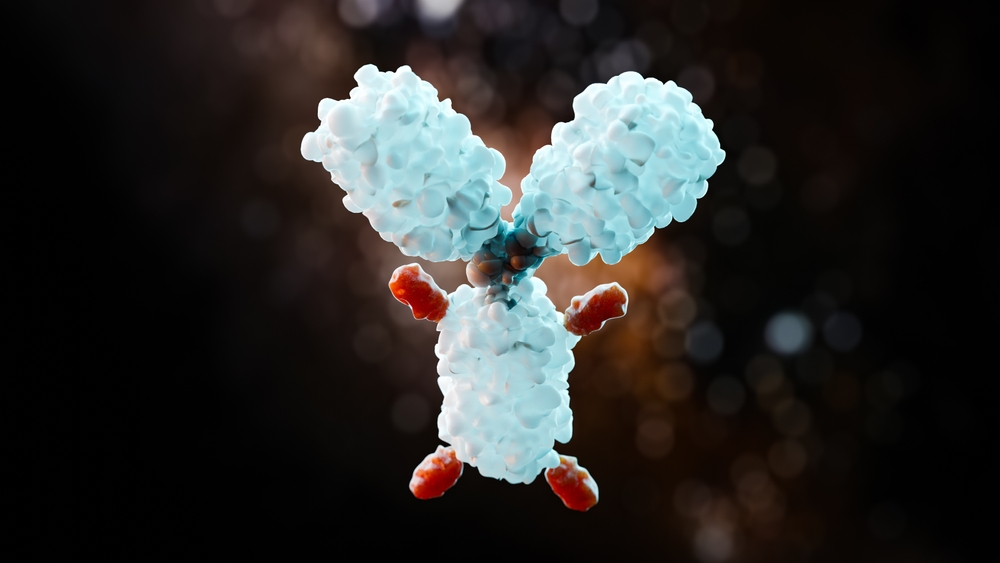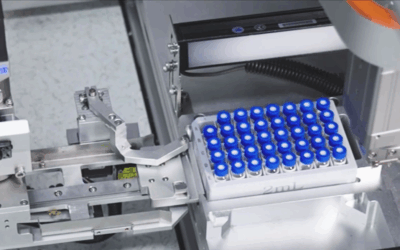Antibody drug conjugates (ADCs) refer to conjugated drugs formed by linking monoclonal antibodies with small molecule drugs that exhibit strong cytotoxicity through specific linkers. Depending on the structure of the linker, ADCs can be divided into two types: fractured and non-fractured. This composition means that ADCs possess the targeting ability of monoclonal antibodies and the characteristics of small molecule cytotoxic drugs, or as they are colloquially known, “precision-guided biological missiles.” This also makes the structure of ADCs complex and diverse, making the pharmacokinetics of ADCs extremely challenging and uncertain. Therefore, ADCs have garnered considerable attention as a new and efficient antibody-based drug. In recent years, with the successful approval of multiple ADC drugs worldwide, particularly since 2019, when a total of 10 ADC drugs were approved, a new wave of ADC research has begun.
The Significance and Strategy of In Vivo DAR Research on ADC Drugs
ADCs, as a type of protein macromolecule, enter the cell through a different pathway than small molecules such as amino acids and ions. They mainly enter a cell through endocytosis, which requires it to be wrapped on the surface of the cell membrane and form a vesicle structure before entering the cytoplasm. In addition to engulfing certain cells (such as macrophages and monocytes), ADCs can also engulf particles with a diameter of at least 100 μm. In the intracellular transport process of ADCs, they bind to targeted antigens on the surface of tumor cells through their antibody components, forming ligand-receptor complexes that are engulfed by vesicles and enter the cell. Within the cell, ADCs are broken down through the endosome-lysosome (pH 4-5) pathway, releasing active small molecule drugs that target nuclear DNA molecules or cytoplasmic microtubules, ultimately destroying DNA or preventing tumor cell division, leading to necrosis and apoptosis of tumor cells.
RELATED: What It Takes to Optimize Analytical Strategies for ADC Development
The drug to antibody ratio (DAR) is a unique and important property of ADC drugs, representing the average number of antibody-conjugated small molecule toxic drugs. ADCs entering the body are accompanied by the release of toxin molecules, and the average DAR value decreases over time. The rate of change in a DAR value can reflect the dissociation efficiency of toxin molecules from ADCs. Therefore, the DAR value reflects the content of effective drugs in the body and is of great significance for pharmacology and efficacy evaluation. Due to the complexity of ADC drug structures and the constantly changing DAR values resulting from drug metabolism, a single analyte cannot accurately answer questions about the safety and efficacy of the ADC. Therefore, for ADC drugs, it is typically necessary to quantitatively analyze their various forms of existence, including total antibodies (DAR ≥ 0), conjugated antibodies (DAR ≥ 1), and uncoupled drugs. Although there are mature analytical methods for in vitro DAR evaluation, such as hydrophilic interaction chromatography (HIC), native MS, and size exclusion chromatography (SEC) – mass spectrometry, there are still specific challenges in studying in vivo DAR, including sensitivity issues, complexity of biological samples, and structural diversity of ADCs. Therefore, using accurate in vivo ADC DAR assessment analysis methods is crucial for supporting early screening and interpretation of ADC behavior in vivo. The LC-MS platform is often used for determining the DAR value of in vivo ADCs due to its high specificity. Here are three common biological analysis strategies for conducting DAR research on ADC drugs using the LC-MS platform.
Top-Down Strategy
As ADCs are metabolized in the body, the loading of small molecule drugs on antibodies gradually decreases, corresponding to changes in DAR. The trend of DAR changes can help explain the safety and effectiveness of an ADC. An ideal ADC drug should not release cytotoxic substances in the bloodstream but instead, target organs and release them to reduce biological toxicity and increase efficacy. Due to the varying molecular weights of ADCs in different DARs, high-resolution mass spectrometry quadrupole time-of-flight analyzers have advantages in DAR analysis due to their high resolution, specificity, and accuracy.
The sample processing procedure generally involves purifying the ADC through immune capture, followed by a series of sugar removal operations, and directly entering the mass spectrum for detection to obtain mass spectra with different charge distributions. Then, protein reconstruction is performed through the convolution function to get the final molecular weight, and the distribution of DAR values is calculated based on the difference in molecular weight. During method development, the recovery rate, linker stability, non-specific adsorption, sensitivity, and other aspects should be captured.
Middle-Down Strategy
The middle-down strategy is similar to the top-down strategy and is suitable for analyzing the DAR values of ADCs. Unlike the top-down strategy in sample processing, after immune capture in plasma, the protein needs to be reduced to break the light and heavy chains. After sugar removal, the DAR values are measured separately. The final average DAR is calculated. It should be noted in the development of the method that light and heavy chains should be separated as much as possible in the liquid phase. Although high-resolution mass spectrometry can perform complete scanning and deconvolve light and heavy chains separately, the peak of light and heavy chains together may compete for charging at the ion source, causing signal or charged state fluctuations. After confirming the capture recovery rate, sensitivity, and other parameters during method development, sample analysis can be conducted.
RELATED: Must-Have Qualities of a Bioanalytical Method Development & Validation Partner
Bottom-Up Strategy
The Bottom-up strategy process primarily involves quantifying the total antibody, ADC, and free toxin concentrations in the biological matrix. The average DAR value in plasma can be calculated by the ratio of toxin concentration to the total antibody concentration connected to the antibody. After the immune capture of plasma samples, the supernatant is directly used for the detection of free cell toxins. The captured antibody portion is divided into two parts and subjected to enzymatic digestion. One part cleaves the portion associated with cell toxins for the quantitative analysis of drug-conjugated antibody molecules, while the other part is enzymatically hydrolyzed to obtain characteristic peptide segments for total antibody analysis. Therefore, we can use the same sample for simultaneous detection of total antibodies and conjugated drugs on the LC-MS/MS platform.
RELATED: The Advantages of LC-MS/MS in Optimizing ADC Bioassays
Conclusion
As ADCs continue to reshape the landscape of oncology therapeutics, precise in vivo evaluation of their drug-to-antibody ratio (DAR) is critical for understanding efficacy, safety, and pharmacokinetics. Each LC-MS-based analytical strategy—top-down, middle-down, and bottom-up—offers unique advantages in quantifying DAR across various ADC forms and biological matrices. By applying these robust and complementary techniques, researchers and drug developers can gain deeper insights into ADC behavior in vivo, ultimately supporting more informed decision-making during early-stage development and clinical translation.
WuXi AppTec has extensive experience in the bioanalysis of ADC drugs, including a library of characteristic peptide segments for different toxins, linkers, and IgG1 sites.
Learn more about our bioanalytical services or talk to one of our experts by contacting us today.


